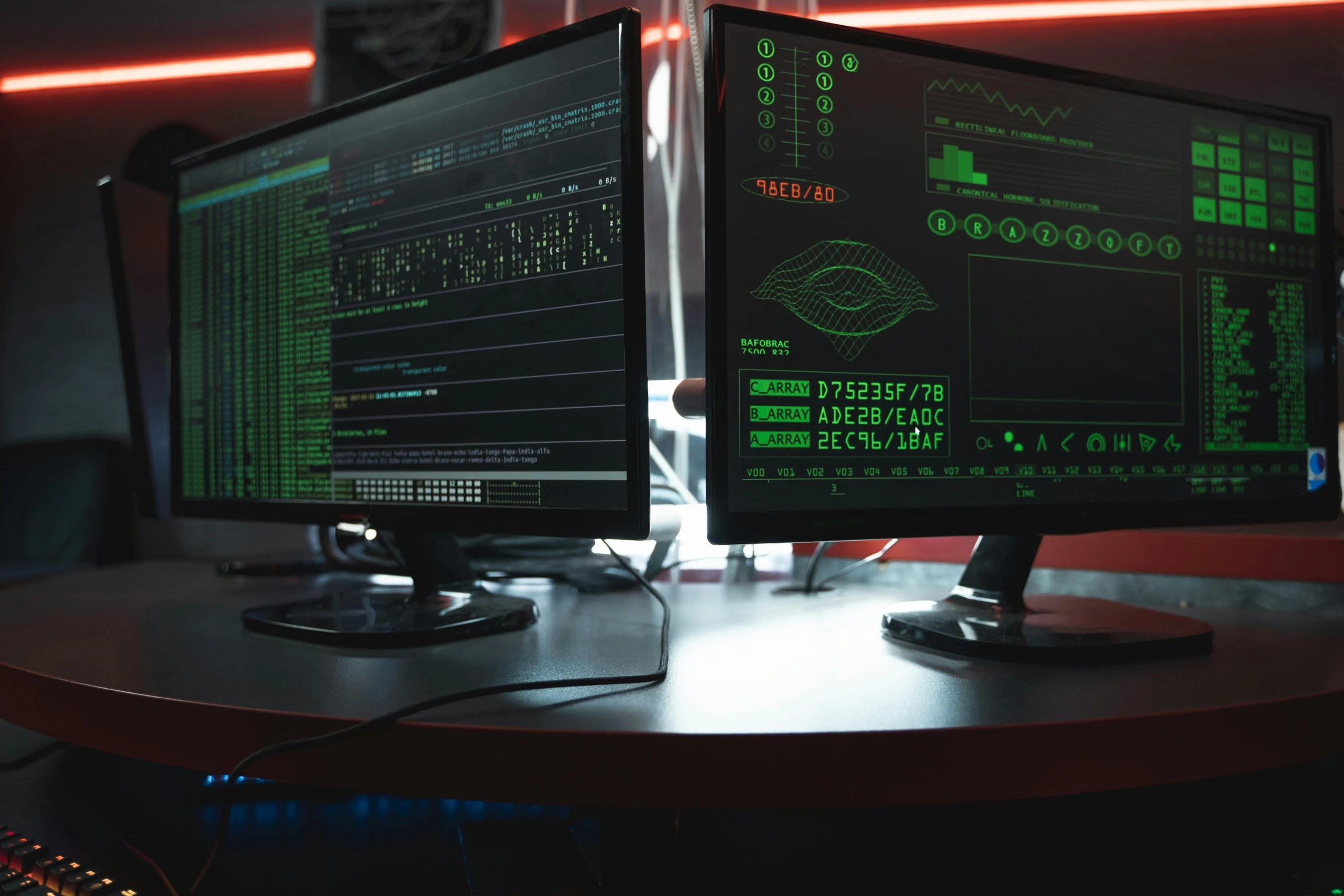The landscape of cybersecurity has shifted dramatically, as attackers now harness AI to execute sophisticated assaults that far outpace human capabilities. Traditional defensive measures such as firewalls and antivirus software are becoming obsolete against the evolving threats from AI-fueled adversaries. Major AI-driven threats include hyper-personalized phishing attacks that utilize generative AI to produce convincing messages tailored to individual recipients, making detection exceedingly difficult. For instance, in a recent study, AI-generated phishing attacks demonstrated a 55% higher success rate compared to human-designed efforts.
Moreover, AI creates polymorphic malware that changes its form and characteristics to evade traditional signature-based detection systems, rendering them ineffective. Auto-scouting AI agents can continuously gather intelligence on potential targets with minimal human oversight, automating the reconnaissance phase of cyber attacks. Such advancements significantly reduce barriers to entry for would-be attackers, allowing even inexperienced individuals to execute sophisticated campaigns. Companies are thus urged to shift their security strategies away from static defenses, embracing proactive measures that include continuous vulnerability management and the enhancement of AI-based security systems to counter these advanced threats.
👉 Pročitaj original: CIO Magazine








